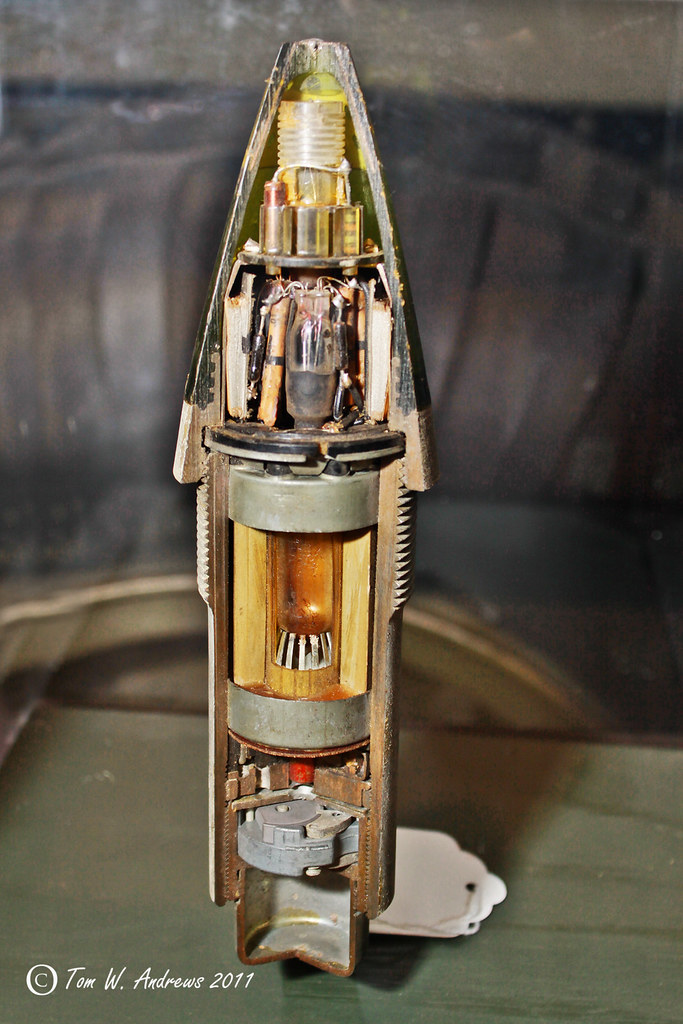

The British Technical and Scientific (Tizard) Mission shared Britain’s entire military technology secrets with the U.S. Navy and the Naval Proving Ground at Dahlgren help develop, test, and field the VT fuze that dramatically helped win WWII? It all began with British scientist Sir Henry Tizard’s clandestine mission authorized by Prime Minister Winston Churchill and supported by President Franklin Delano Roosevelt in August 1940. A device with a self-contained source of intelligence would eliminate most of the variables in anticraft fire control.” By VJ Day, 15 August 1945, BUORD was procuring 90 fuze types, the vast majority being VT fuzes.īUORD stated the “Radio Proximity Fuze” requirements: “What was needed was a fuze that would automatically detonate a projectile when it came within destructive range of a target. Navy’s Bureau of Ordnance (BUORD) annually procured 10 versions of these fuzes. The shells used then were the standard two types of fuzes: mechanical and percussion, which had been in existence since medieval times, 600 years earlier. Navy had developed in 1939–1940 two new antiaircraft guns, 20mm Oerlikon and 40 mm Bofors, mainly directed by radar-equipped fire control instruments.

The VT fuze program was not fully declassified until 1954. Thus, the term VT fuze was accepted to discuss the work among the many hundreds of people involved. In fact, during WWII, using the words “variable” and “proximity” in conjunction with “fuze” was classified. Besides the visibility of the other inventions, there was a secrecy concerning the VT fuze program that even included discussion of the program and its successes. Army, and to the allies in WWII were also integral in bringing the other inventions to operational use.

The major individuals involved in advocating, testing, and delivering the VT fuze to the fleet, to the U.S. While the Naval Proving Ground at Dahlgren was involved in all three of these inventions, the least known is the VT fuze work performed on the Potomac River Range and in the Chesapeake Bay during WWII and after, even to this day. The atom bomb, radar, and the variable time (VT) fuze are considered the three major ordnance inventions of World War II. It is not only an amazing anti-aircraft device, but has proved equally effective in land warfare.” “If a secret weapon is defined as a truly effective weapon on which absolute secrecy has been maintained, then the Navy’s VT, or proximity fuze, was one of the outstanding secret weapons of the war. Naval Proving Ground at Dahlgren and the Hidden History of the VT Fuzeīy Peter R.


 0 kommentar(er)
0 kommentar(er)
